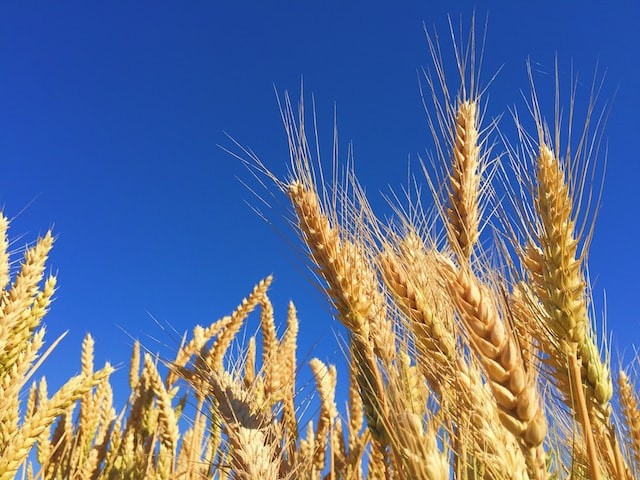The Neolithic revolution, which occurred about 12,000 years ago, fundamentally altered the economy, diet, and social structure of the earliest human societies in the Fertile Crescent of the Near East.
Currently, a study examined the development of wheat spikes since ancient Mesopotamians, the region that served as the cradle of agriculture between the Tigris and the Euphrates, first cultivated the crop.
Wheat contributes to advancement of civilization

A turning point in the development of human civilization was the cultivation of wheat, a grass that evolved into a staple food, as per ScienceDaily.
Despite being the most crucial crop in the world today for food security, EU data warned that the impacts of climate change might substantially increase its price and alter its production method in some regions of the world.
The plant's phenotype has changed over the course of wheat's domestication process both quickly and slowly, including the weakening of the rachis, the expansion of seed size, and the diminution or disappearance of the awns.
Awned and awnless wheat varieties are particularly common throughout the world, though the latter is typically more prevalent in areas with arid climates, particularly in the final stages of cultivation in late spring, a condition typical of Mediterranean environments.
Research is needed to determine which wheat varieties are most suited to various environmental growing conditions, particularly in light of climate change.
According to Rut Sánchez-Bragado, the first author of the study and UB PhD graduate, studying the past retrospectively can help us understand how wheat cultivation has changed over the millennia since agriculture first emerged in ancient Mesopotamia.
Josep Llus Araus, a professor in the Faculty of Biology's Department of Evolutionary Biology, Ecology and Environmental Sciences, awns are spike organs that have long been connected to the plant's adaptations to drought seasons.
What is awned in wheat?
The spiky protuberance, which resembles a porcupine's quills and protrudes from the head of the wheat plant, is known as an awn, as per WestBred.
An awn, however, is not a necessary component of a wheat plant; wheat can have one, be awnless, or have a short awn known as an awnlette.
Awns do play a significant role in photosynthesis and respiration. The plant can absorb light over a larger surface area thanks to the photosynthetic activity of the cells in the awns.
This is crucial in areas that have little access to sunlight and nutrients.
Similar to certain other spiked methods of plant protection like thorns on a rosebush, awns also discourage seed-eating animals from stealing the grain from the plant, including birds and some bugs.
Awns assist with seed dispersal in the wild.
Spiky awns have the ability to penetrate the soil and propel seed grains up to an inch into the soil, assisting the seed in gaining a foothold.
How did wheat evolve?
Plants that were symbiotic with humans underwent an evolutionary change when agriculture was first practiced in the Neolithic period, which ultimately aided in the advancement of human culture and civilization, as per NIH.
Wheat is a unique model plant for evolutionary research due to its extensive and varied evolutionary history, which included natural hybridization, polyploidization, domestication, and mutation over more than 300,000 years.
Because they have a greater diversity of traits and can be used to improve wheat, adaptive genetic resources from wild progenitors and relatives can be utilized.
It will be helpful for breeding wheat and tracking changes in wheat evolution to investigate wild progenitor species like wild emmer (WEM) wheat.
Related Article: Global Wheat Yield May Drop as Temperatures Rise
© 2025 NatureWorldNews.com All rights reserved. Do not reproduce without permission.





